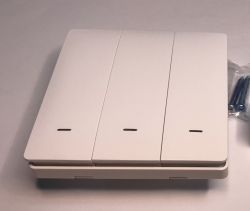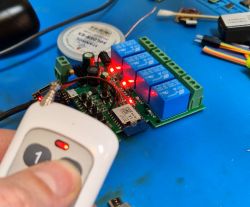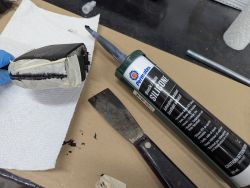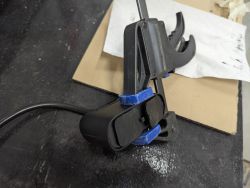Hi!!
Here's another guide for a Kasa device!
You will need to crack the device open with some cutting tools and say goodbye to its IP64 rating... Be Careful; I knocked off a small cap and I had to replace it. 2.2 µF 400 V is not exactly common.
The process is the same as in Kasa's other devices, for example: https://www.elektroda.com/rtvforum/topic4098414.html
The pads are clearly labeled on the PCB.
The screws need a small torx bit. Not sure of the size. I think it is T8.


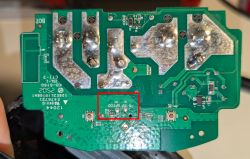
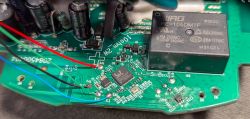
and here's a basic template I came up with:
Here's another guide for a Kasa device!
You will need to crack the device open with some cutting tools and say goodbye to its IP64 rating... Be Careful; I knocked off a small cap and I had to replace it. 2.2 µF 400 V is not exactly common.
The process is the same as in Kasa's other devices, for example: https://www.elektroda.com/rtvforum/topic4098414.html
The pads are clearly labeled on the PCB.
The screws need a small torx bit. Not sure of the size. I think it is T8.




and here's a basic template I came up with:
{
"vendor": "Kasa",
"bDetailed": "0",
"name": "Kasa KP400 WiFi Exterior Smart Plug (US)",
"model": "KP400",
"chip": "RTL87X0C",
"board": "TODO",
"flags": "1024",
"keywords": [
"TODO",
"TODO",
"TODO"
],
"pins": {
"2": "LED_n;2",
"3": "WifiLED;0",
"7": "Rel;2",
"8": "Rel;1",
"9": "WifiLED;0",
"10": "LED_n;1",
"11": "Btn;2",
"12": "Btn;1"
},
"command": "setButtonTimes 50 1 5",
"image": "https://obrazki.elektroda.pl/2201733400_1757640007.jpg",
"wiki": "https://www.elektroda.com/rtvforum/viewtopic.php?p=21687589"
}




